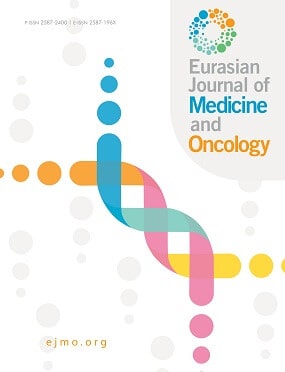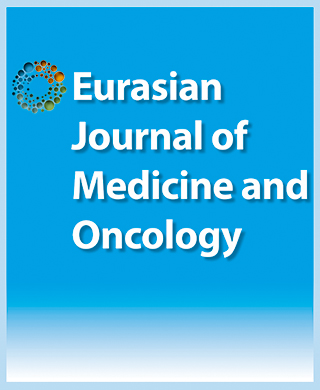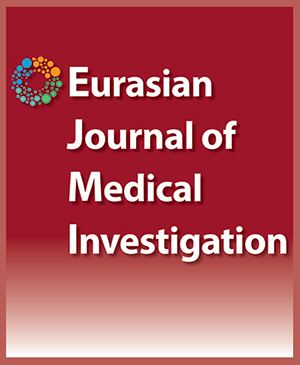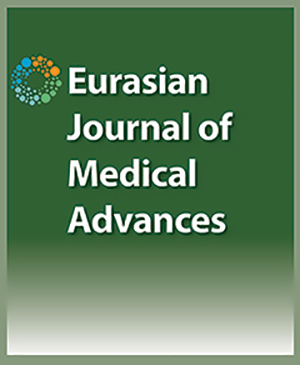

Mutated USP9X-Associated TRIM33 Inhibition in the Metastasis of Gingivobuccal Oral Squamous Cell Carcinoma
Suchitra Singh1, Ajay Kumar Singh11Department of Bioinformatics, Central University of South Bihar, SH-7, Gaya – Panchanpur Road, Gaya (Bihar) Pin- 824236, India.,
Objectives: Locoregional abortions of gingivobuccal oral squamous cell carcinoma (OSCC-GB) fabricate a global cancer burden. Ubiquitin Specific Peptidase 9 X-Linked (USP9X), a significantly mutated gene in OSCC-GB, usually aids SMAD family member4 (SMAD4) deubiquitination. The loss of USP9X prevents deubiquitination, which leads to SMAD4 inactivation. The TGF-?/SMAD signaling pathway is continuously regulated by a central transducer (SMAD4 protein). Inactivated SMAD4-deprived TGF-?/SMAD tumor suppressor response promotes the metastasis. USP9X inhibition promotes SMAD4 ubiquitination by E3 ligases TIF1-? transcriptional intermediary factor1gamma (TRIM33). Overexpressed TRIM33 causes inactivation of SMAD4. The knockdown of TRIM33 inhibits tumor cell invasion. TRIM33 serves as a potential therapeutic target for OSCC-GB. Methods: We conducted experiments to determine the possible interactions and inhibitions of target TRIM33 PHDdomain (PDB ID 3u5n) with natural as well as synthetic anticancerous drugs through molecular docking and virtual screening approach. Results: Based on the lowest binding energy and rmsd values, out results suggest the probable synthetic inhibitor lapatanib having a binding energy of ?9.22 and rmsd value of 0.00 and the natural inhibitor resveratrol having a binding energy of ?8.22 and rmsd value of 0.00. Conclusion: Our cumulative results formed a basis for investigating resaveratrol and lapatanib as potent drugs for arresting active metastasis. Our findings can accentuate the importance of high-quality investigations in OSCC-GB. Keywords: Gingivo Buccal oral squamous cell carcinoma (OSCC-GB), TGF-?/SMAD signaling pathway, E3 ubiquitinprotein ligase (TRIM33/TIF1-?), USP9X, SMAD4
Cite This Article
Singh S, Kumar Singh A. Mutated USP9X-Associated TRIM33 Inhibition in the Metastasis of Gingivobuccal Oral Squamous Cell Carcinoma. EJMO. 2020; 4(4): 309-318
Corresponding Author: Ajay Kumar Singh



